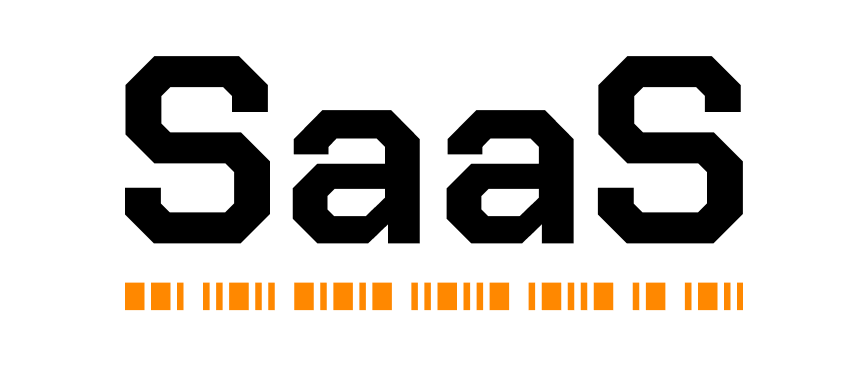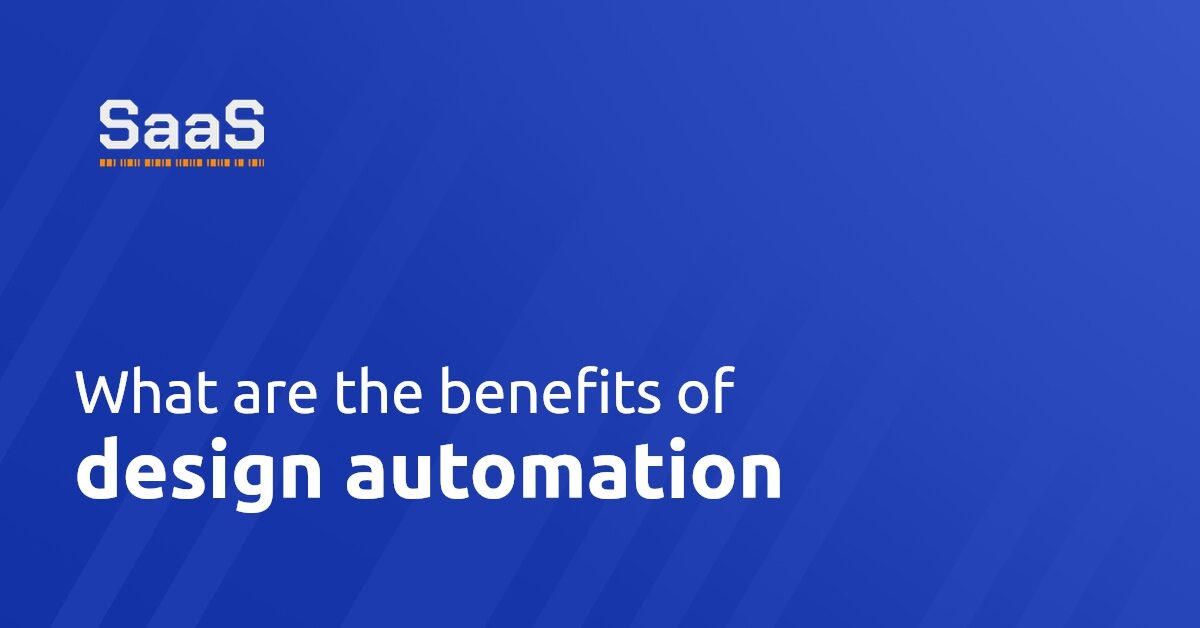What are the benefits of design automation?
Design automation brings numerous benefits to the table. Its primary advantage lies in its ability to help designers create more efficient and precise designs. This time-saving aspect is a colossal advantage in today’s fast-paced digital universe. With design automation, we can reduce the risk of human error, consequently enhancing the overall accuracy of any design project.
Furthermore, design automation can be a substantial cost-effective measure. It can carve out unnecessary manual interventions, thereby saving on costs related to labor and time. Design automation also makes it possible to execute large-scale designs in a significantly lesser time, which, in turn, would have been impossible with manual designing.
How does design automation improve efficiency?
Design automation immensely contributes to improving efficiency in various ways. Think about the time spent on repetitive tasks during the design process. Automation allows designers to set up templates and automated workflows, eliminating the need for repetitive tasks and increasing efficiency.
Integrating design automation into the system also ensures consistent output. This consistency is crucial, especially when working on multi-faceted projects that demand uniformity. Not forgetting, design automation aids in managing and tracking revisions seamlessly. You can easily track changes and ensure all team members are on the same page.
Are there limitations to design automation?
Despite the numerous benefits of design automation, it is not devoid of limitations. Understanding these limitations will help in the proper implementation and maximizing its usage.
The adoption of design automation often brings about a significant shift in the design process. This shift, if not managed well, can create difficulties. It often requires considerable training and familiarizing with the software, which can be time-consuming initially.
Another limitation lies in the lack of creativity. While design automation significantly speeds up the process and increases efficiency, there's a risk of overlooking the sense of uniqueness and individuality that comes with manual designs.
Can design automation enhance creativity in design?
This question brings us to the middle ground between technological efficiency and human creativity in design automation. Contrary to the belief that design automation restricts creativity, when used correctly, it can facilitate a higher level of creativity.
The automation of repetitive tasks and procedures frees up time for designers, enabling them to focus more on creative ideas and solution development. They can devote more time to brainstorming and conceptualization instead of getting bogged down in repetitive tasks.
Further, with automation taking care of accuracy and efficiency, designers have more room to experiment and innovate. It paves the way for trying out unique combinations and out-of-the-box thinking, creating a perfect balance between automation efficiency and creative freedom.
In conclusion, while design automation has its limitations, its benefits and potential to enhance creativity in design significantly outweigh them. The key is to find the right balance between utilization and creativity.








